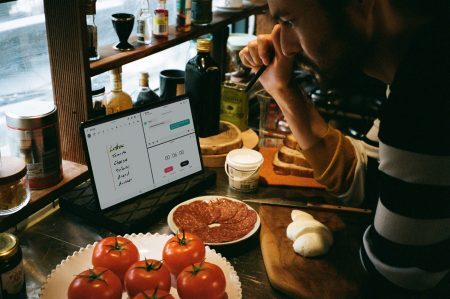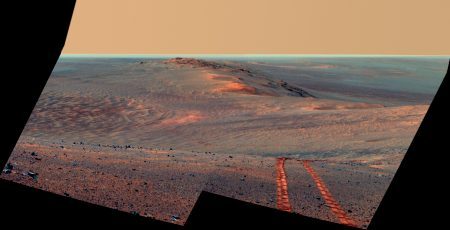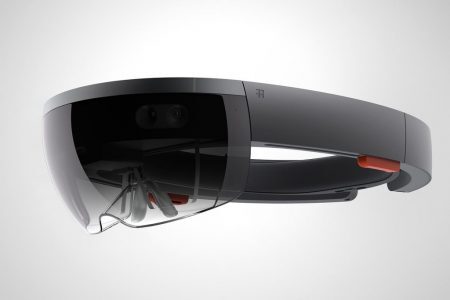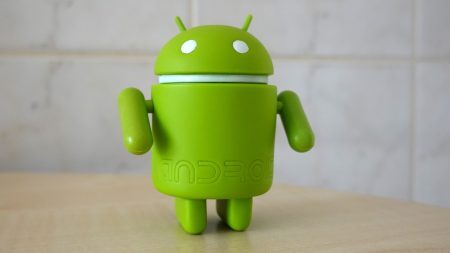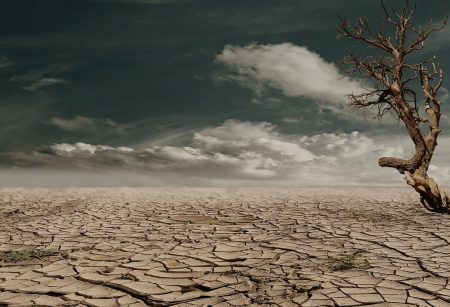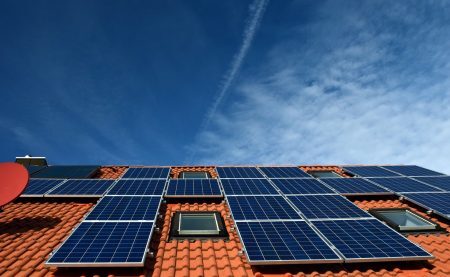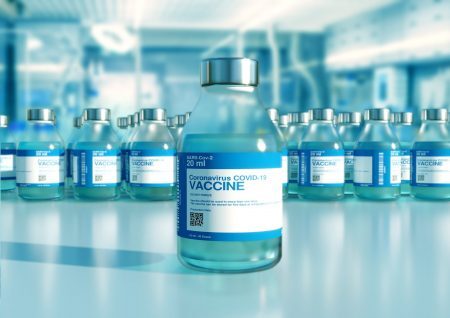Samsung’s Galaxy Tab S7 and its sibling, the S7+, are currently the best Android tablets out there. But the Galaxy…
Browsing: Other Tech News
With load shedding being back with a vengeance, appliance maker Defy’s launch of its Solar Hybrid fridge and freezer in…
Three new spacecraft are due to arrive at Mars this month, ending their seven-month journey through space. The first, the…
We’re living through a moment in time when technical healthcare innovation is in demand. Now, tech giant Microsoft is bringing…
Sometime people you’ve known for some time go bad — not because of anything you did, it’s just where they…
Water scarcity is among the top five global risks affecting people’s wellbeing. In water-scarce areas, the situation is grim. Conventional sources…
Last month, Eskom presented plans to change its electricity price structure to the National Energy Regulator of South Africa. This…
Conspiracy theories concerning the COVID-19 pandemic, and the vaccine developed to combat it, are everywhere. There are people denying its…
Okay, now we need you to pay attention. We’re only going to say this once — Xiaomi have launched, in…

